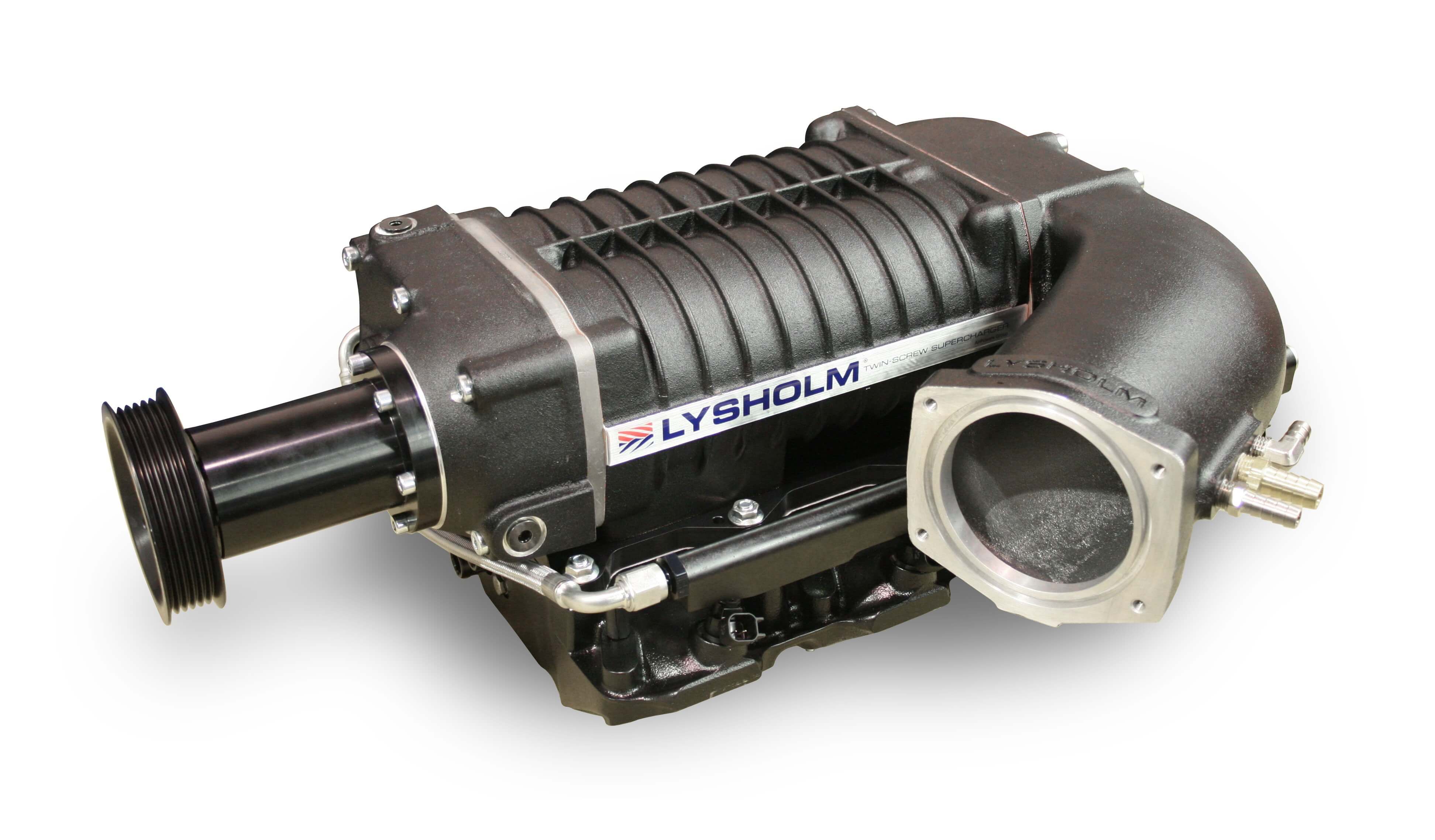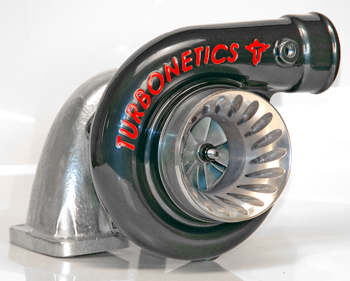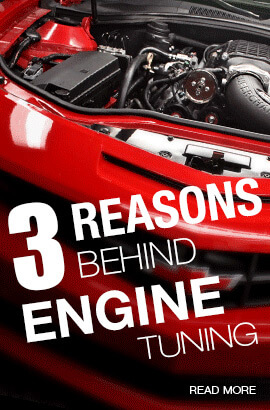For those contemplating fitting a supercharger as a means of performance enhancement, whose knowledge of its operation is small, this is how a supercharger works. Put simply, supercharger is an air pump that forces air intake into the engine. As the power of an engine is dependent upon the volume of air that can be fueled and burnt in the cylinders, supercharging is a vastly superior method of induction than allowing the engine to suck its fill of air, as even with the most efficient engine it will not suck enough to fill the cylinders. A supercharger is similar to turbocharger insofar as it acts as an air pump; the crucial difference being a supercharger is a mechanically driven pump whereas the turbocharger uses the power of hot exhaust gases to power the pump.

Why a supercharger rather than a turbocharger? Turbochargers are inherently more difficult to control due to the tremendously high temperatures they generate and the way they produce a dramatic rise in air pressure, resulting in instantaneous large horsepower increases. Although this may sound ideal it usually results in uncontrollable wheel spin and loss of handling to the point of making driving dangerous, forcing the driver to back off and losing the benefits of all this power, always assuming he's still on the road. All these problems of a turbocharger can be tamed to a certain extent but it involves much extra technology and cost. Apart from this drivability problem the other downside is that this sudden rise in pressure, means very careful engine management adjustments to set the fueling and ignition correctly to avoid engine blow ups. Several Saxo turbo's that we have heard of produced reasonable power but destroyed themselves and the installer then rebuilt them with lower boost to preserve the engine. This did cure the reliability but then power was way down. Another example of this was a turbo conversion on a Ford Fiesta done by a well know company, the result was only 30% increase in power, in our opinion not worth the bother or expense. Another downside of turbo's due to the very rapid increase in power, is the effect on the transmission components, all turbo's wear out clutches and gearboxes more quickly. These components like gradual torque increases not sudden violent increases.
There are several types of superchargers, most compress the air with the use of vanes screws or rotors, these types of units are called positive displacement supercharger, meaning that they suck in a set volume of air and compress it into a smaller higher pressure volume. This method means you have to have a large unit in comparison to the volume it compresses and because of its size, plus the physical effort of compressing the air, it takes a lot of power to drive it. This creates several problems, one being that due to the high power needed to drive them, they need a large heavy-duty drive train, usually consisting of a wide toothed belt driven off the engine crank shaft by means of a custom made pulley. The other main problem is the power it takes to drive. It is not uncommon to take 45 or more horsepower to drive them even for a relatively small unit. While these two problems can possibly be accepted these units are only really suitable for vehicles with large engine compartments due to their physical size, also, due to the complex engineering needed to build them, they are expensive. Another downside of a displacement supercharger is that they produce maximum boost at about 3000 engine rpm and then slowly tail off, this may seem great to get such high boost quickly. The reality is that it is bad from a driving situation, especially if you want maximum acceleration from a standing start. As you know any car will spin its custom wheels when driven away fast in first gear, the last thing you want is near max power at 3000 rpm, this just aggravates the problem, nor do you want power reducing the higher up the rev range you go, this is just the opposite of what you need. What you need is the ROTREX type charger that is centrifugal and is basically a gear driven turbocharger available. The benefit of this type of charger is it takes little power to drive and the pressure builds up gradually from 1000 rpm at a linear rate, making driving a lot easier and the power more useable.

For those building their own kit I would recommend always going to a supercharger 1 size above what the engine capacity suggests, as the price for the next size higher is quite small and if necessary put a restrictor in to reduce the boost. The reason I say this is that most people start off with quite modest expectations but as soon as they have it fitted they want MORE and if the supercharger they have already fitted is running at max capacity, they have to discard it and buy a complete new supercharger unit. This problem of running out of charger capacity is especially a problem if the engine is 1) High revving e.g. over 7000 rpm. 2) 16 valve unit, as they eat air quicker than 8 valves. 3) The compression is lowered.



